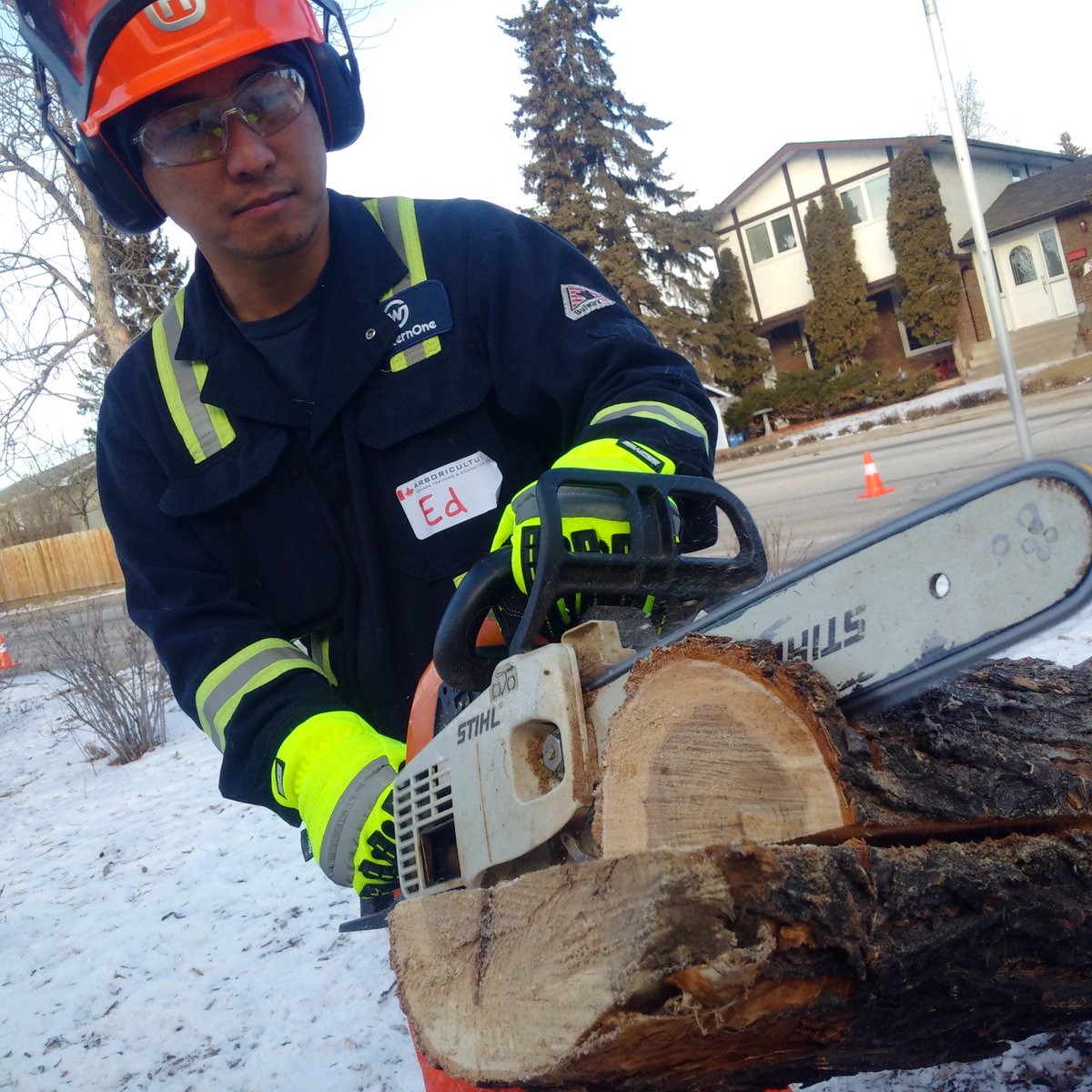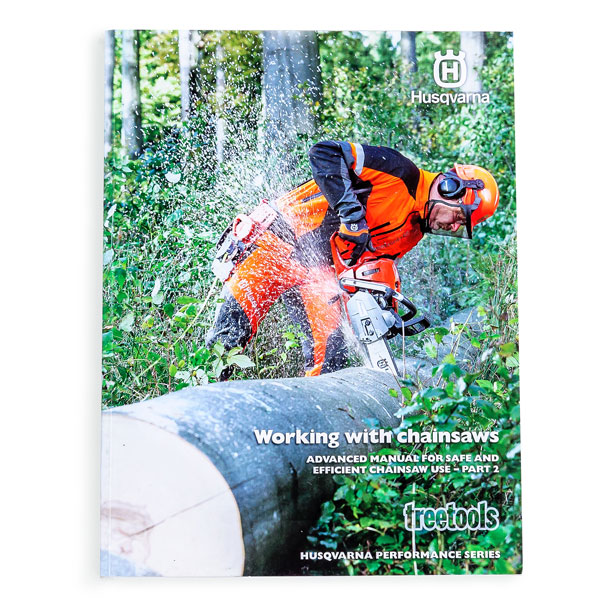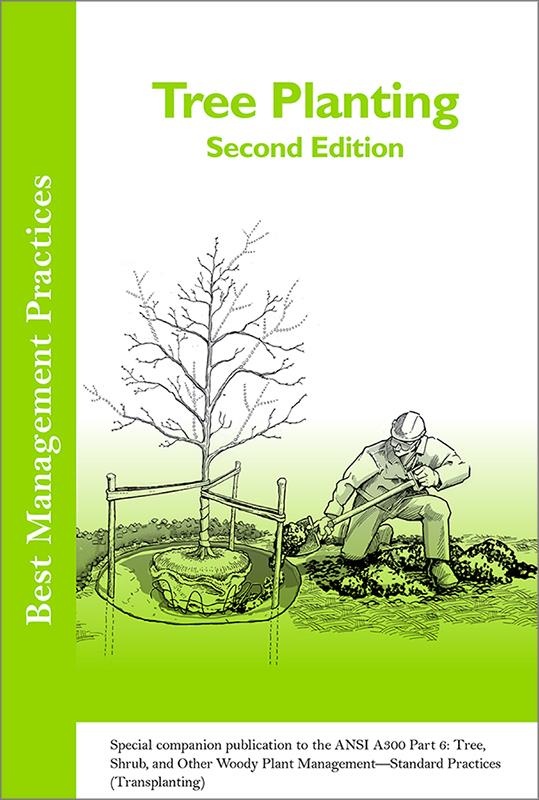

- #Best practices for rigging in arboriculture pdf pdf#
- #Best practices for rigging in arboriculture pdf code#
This policy applies to participants, paid employees and volunteers of NZ Arb at NZ Arb competitions, events and workplace.Īll participants, paid employees and volunteers at NZ Arb competitions, events and workplaces are expected to be fit for event duties or roles and be able to perform safely and acceptably without any limitations due to the use or after-effects of alcohol, illicit drugs, non-prescription drugs, prescribed medications or any other substance. Seeks qualification of drug and alcohol status at the discretion of NZ Arb. Seeks to ensure that participants, paid employees and volunteers are able to compete in a fair, safe and equitable manner during all NZ Arb competition, event and workplace. Seeks to protect the health and welfare of participants, paid employees and volunteers NZ Arb aims to eliminate the use of prohibited drugs and alcohol from NZ Arb competitions, events and workplaces and respond appropriately to any violations.Ĭondemns the use of prohibited drugs and alcohol during any NZ Arb competition, event and workplace, unless alcohol is provided with the permission of NZ Arb No works should take place within the SRZĪmerican National Standard: ANSI A300 (Part 7)-2012: Integrated Vegetation Management The Structural Root Zone (SRZ) which is a circle taken from the centre of the trunk with a radius equal to 3.31 times the diameter of the trunk measured just above the above the root buttress. An incursion of any more than 10% of the area of the TPZ is considered a ‘major incursion'

The Tree Protection Zone (TPZ) which is a is a circle taken from the centre of the trunk with a radius equal to 12 times the diameter of the trunk measured at 1.4m (DBH) above ground level. NZ Arb also supports and recommends the following international tree protection zones as: RecommendationsĪmerican National Standard: ANSI A300 (Part 5)-2012: Management of Trees and Shrubs During Site Planning, Site Development, and Construction Tree Care on construction/development sites:Īustralian Standard: AS 4970 - 2009 Protection of Trees on Development Sitesīritish Standard: BS 5837:2012 Trees in relation to design, demolition and construction. RecommendationsĪmerican National Standard: ANSI A300 (Part 1)-2017: Pruning

In the absence of NZ specific standards, The New Zealand Arboricultural Association supports and recommends the use of the following applicable international standards.Īustralian Standard: AS 4373 - 2007 Pruning of amenity treesīritish Standard: BS 3998: 2010 Tree work. NZ Arb would like to thank all of those who had input into these draft documents and those involved in the review process, in particular, Gavin Donaldson, Rob Graham, Tim Errington and the members of the Auckland Regional Consents Arborist Forum. These guidelines are being contextualised for NZ conditions and regulations. Tree Dismantling and rigging.The three following Guideline documents produced by NZ Arb are currently under review Trees on Development Sites, Tree Protection Fencing, Amenity Tree Pruning Guide. 2011 Best Practice Guidelines for Safety and Health in Tree Work.
#Best practices for rigging in arboriculture pdf code#
Industry Code of Practice for arboriculture. During rigging operations tipping poses a danger when the root. Evaluation of current rigging and dismantling practices used in. Experienced workers not trained or ignore safety practices.Īn arborist's work may involve very large and complex trees. Tree felling and rigging required to best manage tree.
#Best practices for rigging in arboriculture pdf pdf#
Best Practices For Rigging In Arboriculture Pdf Creator Best Practices For Rigging In Arboriculture Pdf Editor Books yet- but it should be as its a great format for the publication. How do i find it in ibooks?Īlso does it have anything about using a unicender with a backup? Sorry for the confusion, I have a pre copy that I can open via i. Re: TCIA's Best Practices for SRT in Arboriculture. TCIA's Best Practices for SRT in Arboriculture - Arbtalk.


 0 kommentar(er)
0 kommentar(er)
